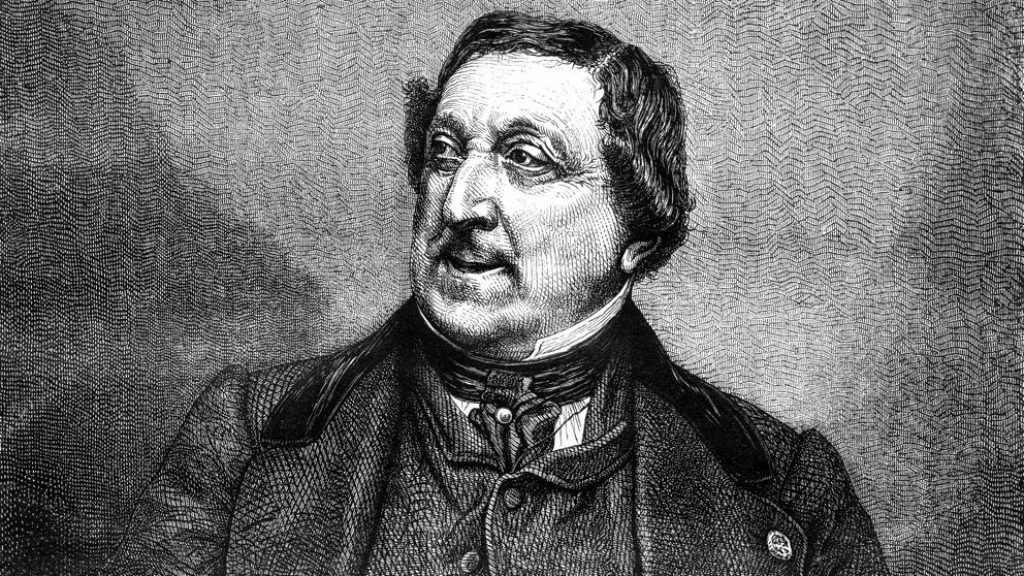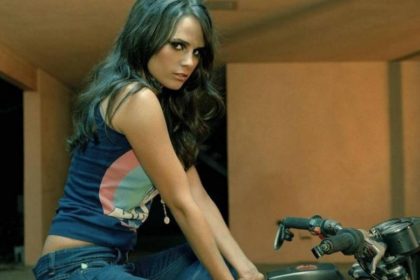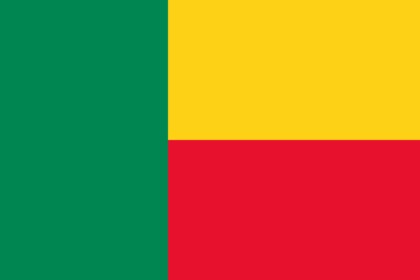Gioachino Antonio Rossini was an Italian composer who gained fame for his 39 operas, although he also wrote many songs, some chamber music and piano pieces, and some sacred music. He set new standards for both comic and series opera before retiring from large-scale composition while still in his thirties, at the height of his popularity. Take a look below for 30 more fun and interesting facts about Gioachino Rossini.
1. Rossini was born in 1792 in Pesaro, a town on the Adriatic coast of Italy that was then part of the Papal States.
2. He was the only child of Giuseppe Rossini, a trumpeter and horn player, and his wife Anna, née Guidarini, a seamstress by trade, daughter of a baker.
3. Giuseppe Rossini was charming but impetuous and feckless; the burden of supporting the family and raising the child fell mainly on Anna, with some help from her mother and mother-in-law.
4. Giuseppe was imprisoned at least twice: first in 1790 for insubordination to local authorities in a dispute about his employment as town trumpeter; and in 1799 and 1800 for republican activism and support of the troops of Napoleon against the Pope’s Austrian backers.
5. In 1798, when Rossini was aged six, his mother began a career as a professional singer in comic opera, and for a little over a decade was a considerable success in cities including Trieste and Bologna, before her untrained voice began to fail.
6. In 1802 the family moved to Lugo, near Ravenna, where Rossini received a good basic education in Italian, Latin and arithmetic as well as music.
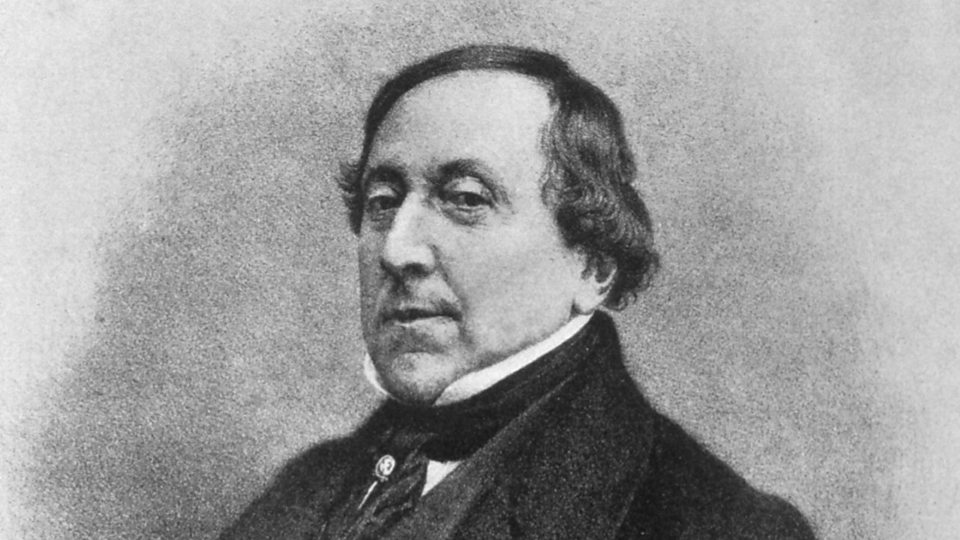
7. He studied the horn with his father and other music with a priest, Giuseppe Malerbe, whose extensive library contained works by Haydn and Mozart, both little known in Italy at the time, but inspirational to the young Rossini.
8. He was a quick learner, and by the age of twelve he had composed a set of six sonatas for four stringed instruments, which were performed under the aegis of a rich patron in 1804.
9. Two years later he was admitted to the recently opened Liceo Musicale, Bologna, initially studying singing, cello and piano, and joining the composition class soon afterwards.
10. He wrote some substantial works while a student, including a mass and a cantata, and after two years he was invited to continue his studies.
11. He declined the offer: the strict academic regime of the Liceo had given him a solid compositional technique, but as his biographer Richard Osborne puts it, “his instinct to continue his education in the real world finally asserted itself”.
12. While still at the Liceo, Rossini had performed in public as a singer and worked in theatres as a répétiteur and keyboard soloist.

13. In 1810, at the request of the popular tenor Domenico Mombelli he wrote his first operatic score, a two-act operatic dramma serio, Demetrio e Polibio, to a libretto by Mombelli’s wife. It was publicly staged in 1812, after the composer’s first successes.
14. Rossini and his parents concluded that his future lay in composing operas.
15. The main operatic centre in north eastern Italy was Venice; under the tutelage of the composer Giovanni Morandi, a family friend, Rossini moved there in late 1810, when he was eighteen.
16. Rossini’s first opera to be staged was La cambiale di matrimonio, a one-act comedy, given at the small Teatro San Moisè in November 1810.
17. Philip Gossett notes that Rossini “was from the outset a consummate composer of overtures.”
18. Rossini’s handling of arias (and duets) in cavatina style marked a development from the eighteenth-century commonplace of recitative and aria. In the words of Rosselli, in Rossini’s hands “the aria became an engine for releasing emotion”.
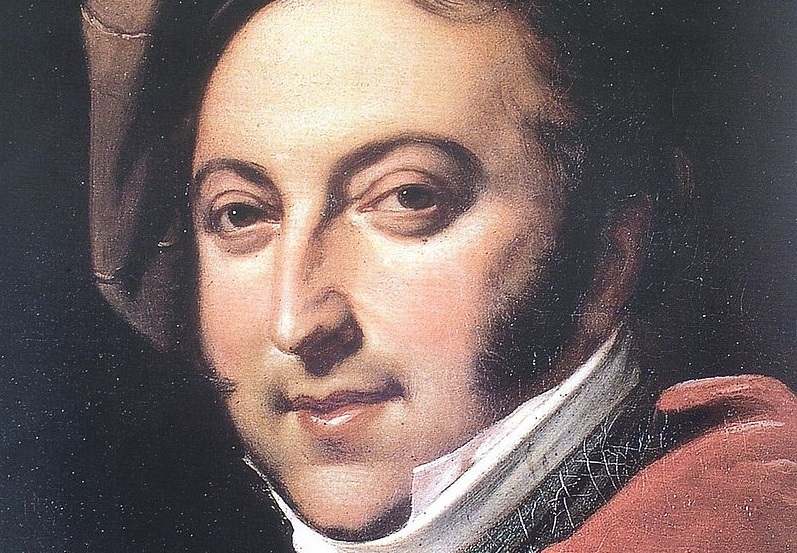
19. With extremely few exceptions, all Rossini’s compositions before the Péchés de vieillesse of his retirement involve the human voice.
20. His very first surviving work (apart from a single song) is however a set of string sonatas for two violins, cello and double-bass, written at the age of 12, when he had barely begun instruction in composition.
21. The popularity of Rossini’s melodies led many contemporary virtuosi to create piano transcriptions or fantasies based on them.
22. The continuing popularity of his comic operas (and the decline in staging his opere serie), the overthrow of the singing and staging styles of his period, and the emerging concept of the composer as “creative artist” rather than craftsman, diminished and distorted Rossini’s place in music history even though the forms of Italian opera continued up to the period of verismo to be indebted to his innovations.
23. Rossini’s status amongst his contemporary Italian composers is indicated by the Messa per Rossini, a project initiated by Verdi within a few days of Rossini’s death, which he and a dozen other composers created in collaboration.
24. If Rossini’s principal legacy to Italian opera was in vocal forms and dramatic structure for serious opera, his legacy to French opera was to provide a bridge from opera buffa to the development of opéra comique.
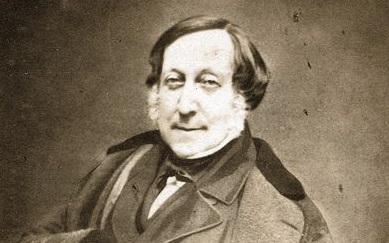
25. In the early 20th century Rossini received tributes from both Ottorino Respighi, who had orchestrated excerpts from the Péchés de viellesse both in his ballet la boutique fantasque (1918) and in his 1925 suite Rossiniana, and from Benjamin Britten, who adapted music by Rossini for two suites, Soirées musicales (Op. 9) in 1936 and Matinées musicales (Op. 24) in 1941.
26. In the 21st century, the Rossini repertoire of opera houses around the world remains dominated by Il barbiere, La Cenerentola being the second most popular.
27. Other Rossini pieces in the current international repertory, given from time to time, include Adina, Armida, Elisabetta regina d’Inghilterra, Ermione, Mosé in Egitto and Tancredi.
28. The Rossini in Wildbad festival specializes in producing the rarer works.
29. The Operabase performance-listing website records 2,319 performances of 532 productions of Rossini operas in 255 venues across the world in the three years 2017–2019.
30. All of Rossini’s operas have been recorded.

